Rather than growing the same old crops year after year, why not rethink what deserves the time and space and make our fruit and veg work a little harder to earn their place on the plot
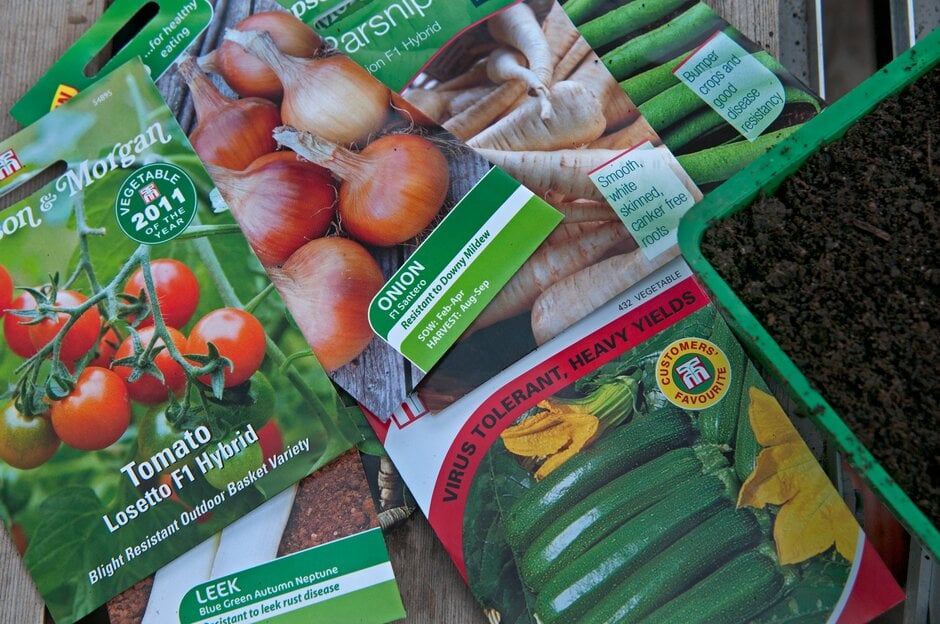.jpg)
An allotment doesn’t have to be the traditional space we all think of, it can also be a small garden or even a balcony. If you’ve just got your first allotment and wondering what you should grow, or if you’re an old hand wanting a change, with all the options of fruit and veg and all their different varieties, it can be difficult to know where to start.
The popularity of allotments has surged and waned since the ‘Dig for Victory’ campaign of the Second World War, but looking at today’s allotment sites, you’d be forgiven for thinking that little has changed in the past 80 years when it comes to what we chose to grow.
Allotment maths
With the cost of living crisis making it all the more important that gardeners get the most out of their investment of effort, cost and space, perhaps it’s time to take a different approach. This is where ‘Allotment maths’ comes in. When making a list of possible crops you might like to grow, try to consider the factors below and assign a positive or negative value.
- Do I like to eat it?
- Is it difficult to grow?
- Does it have costly needs, eg, netting, feeding, a lot of space?
- Is it expensive, or difficult to find in the shops?
- Can you save on food miles by growing it yourself?
This should come up with a discompassionate score for each option which you can use to help you decide what you might grow.
Do I like to eat it?
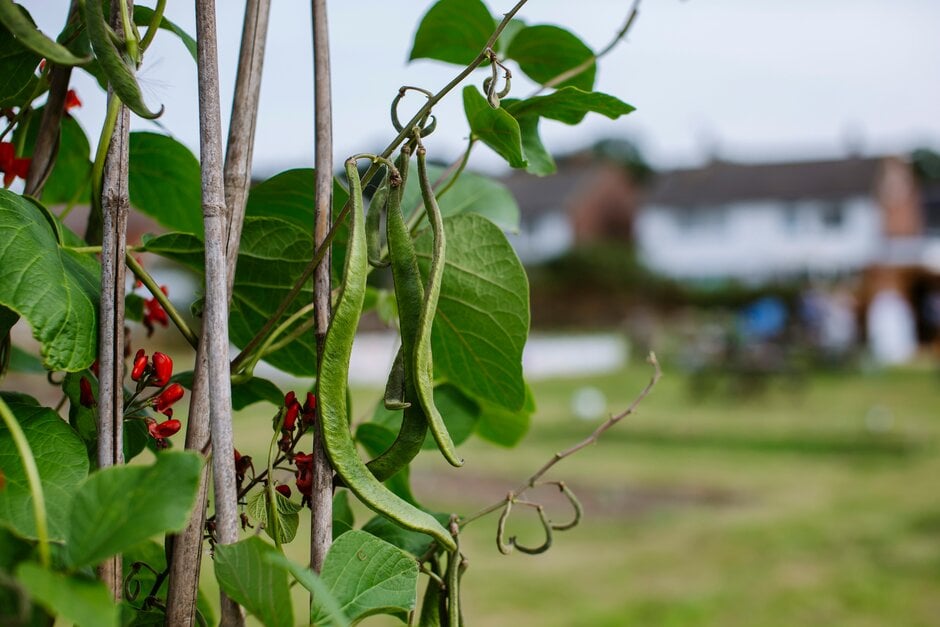 Rather than eating what you grow, why not turn the concept on its head and grow what you like to eat. When you get out your seed catalogues this autumn, ask yourself, would you buy it if you didn’t grow it?
Rather than eating what you grow, why not turn the concept on its head and grow what you like to eat. When you get out your seed catalogues this autumn, ask yourself, would you buy it if you didn’t grow it?
The ultimate allotment stalwart must be the humble runner bean, and with good reason. Its gorgeous flowers quickly scramble up supports and it requires little effort for the masses of fruit it provides. However, is it really tastier than its cousin the french bean? A quick search for runner bean recipes on the BBC’s Good Food website comes up with 44 results. The same for green beans produces 3,086.
Swap - If you love growing potatoes, try Fir Apple. They have a delicious nutty flavour and are very difficult to find in shops.
While our culinary tastes have changed, what we grow hasn’t altered much since the 1950s. Given the nation’s most popular takeaway meals include Japanese, Indian and Mexican cuisine, why aren’t coriander and lemongrass part of our kitchen gardens and why aren’t tomatillos and edamame more common crops?
Is it difficult to grow?
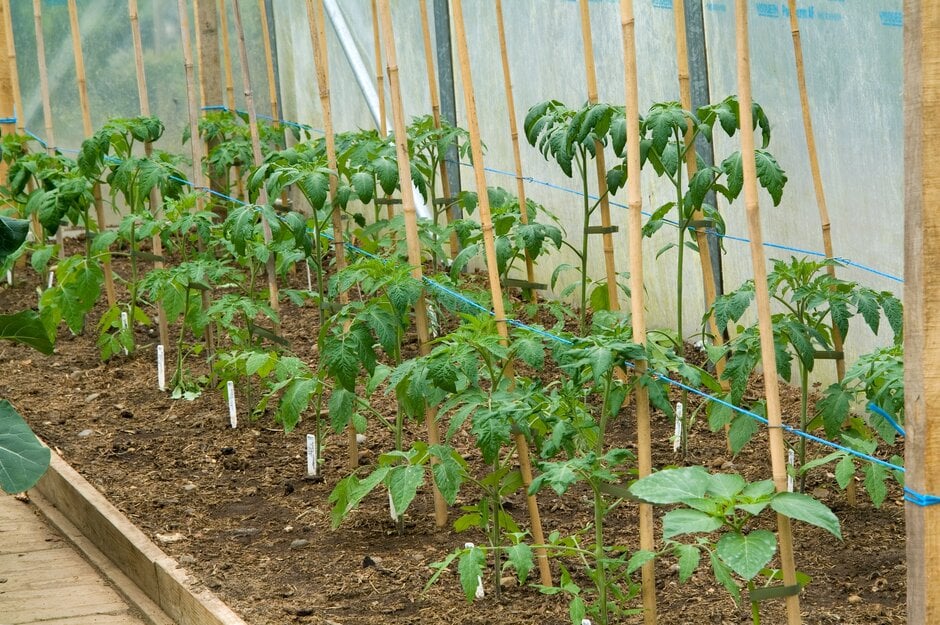
Tomatoes are one of the most popular grow your own crops. They are delicious and can be grown in a container, or even a hanging basket if you don’t have a garden. However they can be demanding, some varieties require support, possibly a greenhouse, as well as regular pinching out, watering and feeding. Tomatoes are also susceptible to many various pests and diseases. Consider saving time and effort by growing only the types that are expensive to buy such as cherry, or rare heritage varieties. Larger tomatoes and passata are inexpensive, readily available and often come from , if not the UK, Europe, so aren’t being shipped accross the world.
Is it expensive or difficult to buy?
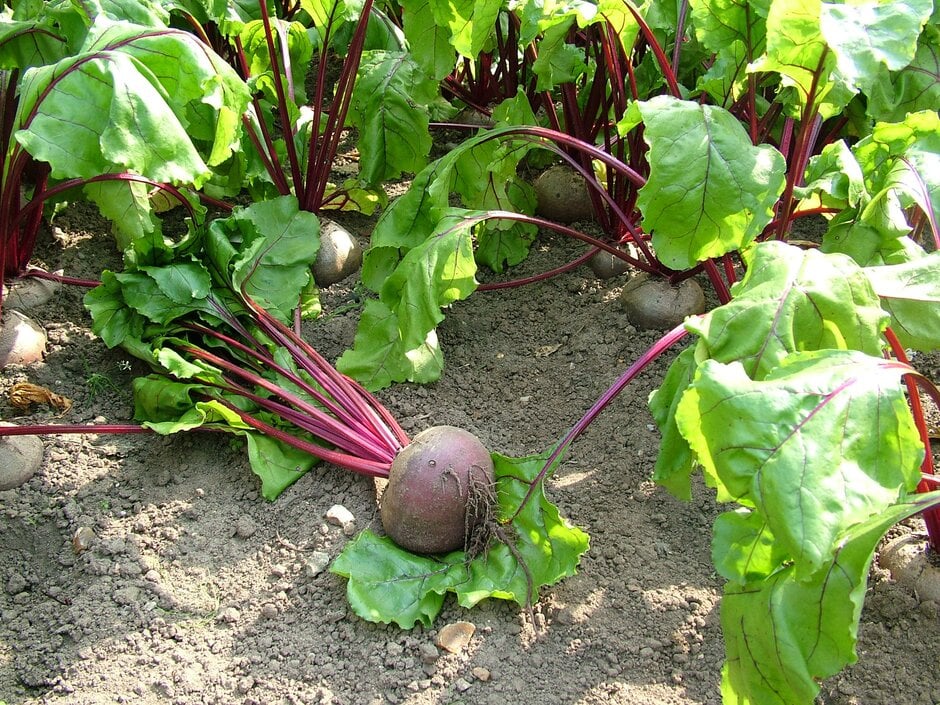
Beetroot has long been an allotment favourite as it’s very easy to grow, however it also has the added benefit of providing a double crop. Harvest the leaves for a delicious salad and then dig up the roots to be roasted, pickled or juiced. Beetroot can also be quite hard to find in the shops so if you enjoy the taste and health boosting veg, they are well worth a spot on the plot.
Can I save on food miles?
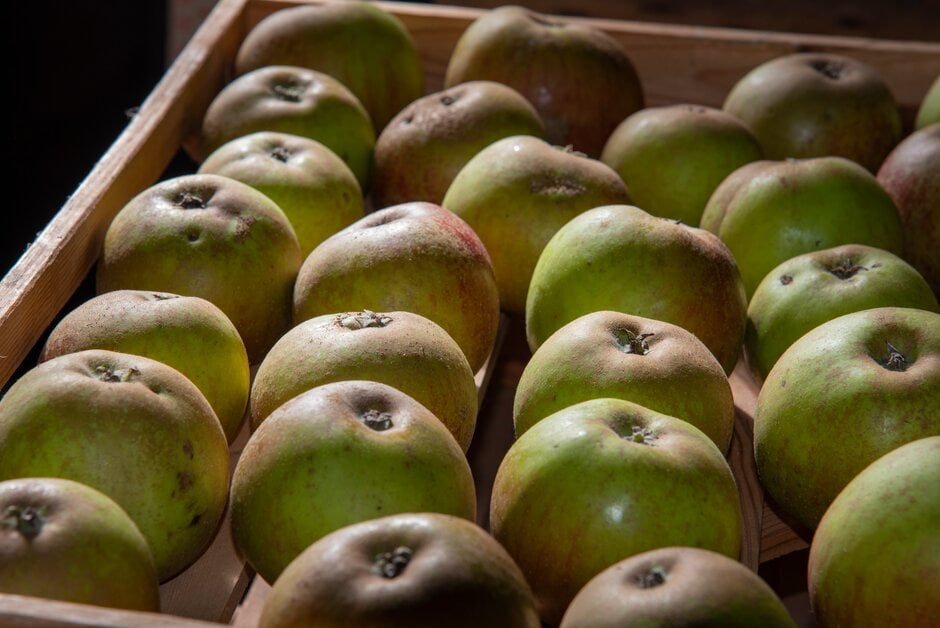
The best way to cut down the food miles on your plate is to eat seasonally and grow as much of your own food as possible. Fruit is often shipped from all over the world – out of season
apples can come from as far away as New Zealand. If you have an apple tree and somewhere to store your harvest, it is possible to be eating home-grown all year round.
Swap – If you love the taste of broccoli, why not grow the more expensive purple sprouting broccoli rather than calabrise?
Industrial farming favours appearance and longevity of crops over taste and nutrient value. Storage and shipping methods have adding to the problem, meaning that the nutrient value of fruit and veg bought in the UK has
dropped significantly over the past 80 years.
Shop-bought fruit is more likely than veg to be wrapped in plastic packaging and sprayed with preserving chemicals. All good reasons to devote part of your plot to growing berries and pomes.
The X-factor
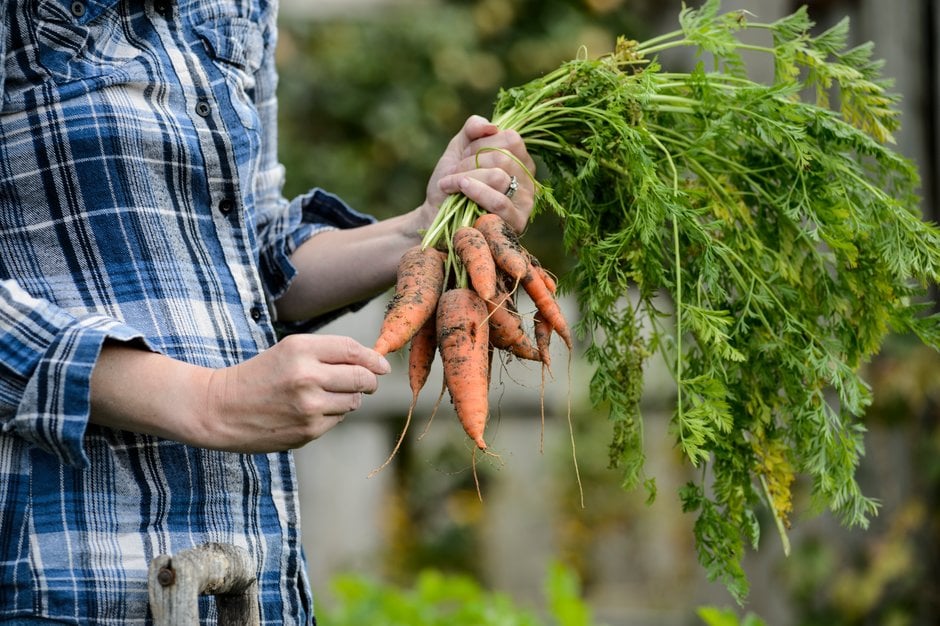
Some things are just fun to grow, even if they don’t add up on paper. If you love eating peas straight from the pod on a warm summer day, no amount of information about modern farming freezing processes or the low cost to buy will stop you from growing them yourself – and nor should it.
Swap – Try growing cut-and-come-again leaves rather than heads of lettuce, for a low effort crop you can harvest for longer.
Growing carrots which need protecting against carrot-root fly, is illogical when you consider how cheap and plentiful British-grown carrots are to buy. Yet carrots continue to be one of the most popular seeds sold, particularly among children who love the magic of pulling up their golden treat. Always grow what you love, but maybe also make some room for something different this year.
The table below may help you decide what to grow: the right-hand column contains vegetables that have a short season and may not be worth growing.
| Cheap and easy to grow, expensive to buy |
Cheap to buy but take up a lot of space |
| Beetroot |
Cabbage |
| Broad beans |
Carrots |
| Brussels sprouts |
Celery |
| Calabrese |
Garlic |
| Celeriac |
Onions |
| Courgettes |
Outdoor tomatoes |
| French beans |
Melons |
| Herbs |
Parsnips |
| Leeks |
Peas |
| Lettuce |
Potatoes, except early types |
| Mangetout peas |
Pumpkins |
| Mixed salad leaves |
Squash |
| Purple/white sprouting broccoli |
Cauliflowers |
| Radishes |
Swedes |
| Runner beans |
Sweet potatoes |
| Salad onions |
|
| Shallots |
|
| Spinach |
|
| Turnips |
|
| Soft fruit, all kinds |
|
| Rhubarb |
|
You may also be interested in...

